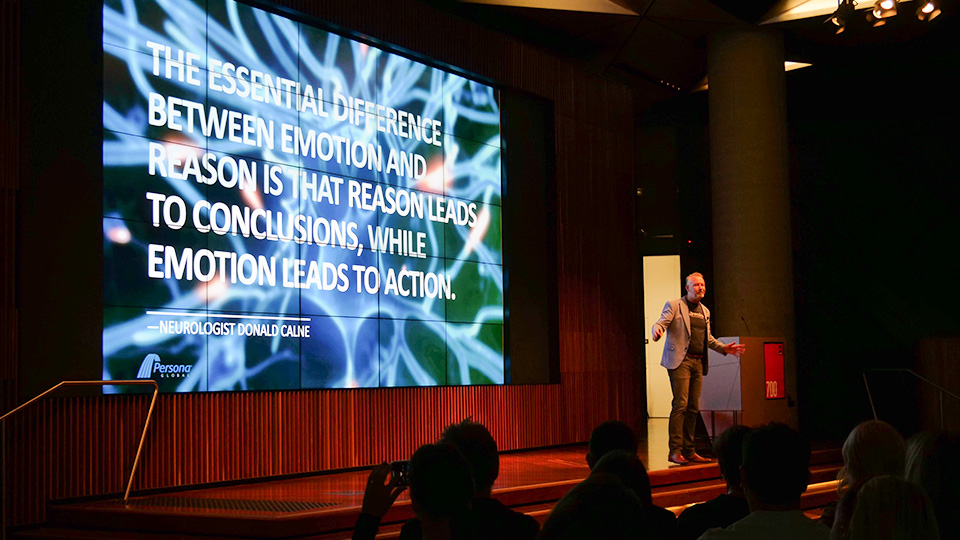Storytelling is a powerful tool that many business leaders fail to leverage when communicating internally and externally.
Speaking at a recent #digitalks event in Melbourne, Anecdote managing director Mark Schenk said there was a spectrum of communication styles available to professionals.
At one end of the spectrum, there were statements, assertions and opinions and at the other end, there were moments, events and stories.
Mr Schenk estimated that the majority of business leaders used assertions and statements to communicate, even though they had major limitations compared to stories.
Here are three key takeaway points from Mr Schenk’s presentation at digitalks:
1. Why stories are important in marketing
In 2019, Anecdote conducted research with nearly 1,000 business leaders and found that assertions were often perceived as boring, impersonal and forgettable.
On the other hand, stories were often regarded as emotive, engaging and inspiring.
“The whole idea of a story is that it’s a great way to engage your audiences, and to be more influential, memorable, and impactful,” Mr Schenk said.
Additionally, when people use assertions to communicate, they often have to push the message to get their point across.
“When you push the message, whether people do it explicitly or internally, [audiences] will often resist,” he said.
2. How to spot a story
Mr Schenk described stories as “facts wrapped in context and delivered with emotion”.
He said business stories, which are often the stories we use in marketing, needed at least five factors in order to truly engage your audience:
- Time and place: To start a story, you need time and place markers to establish when and where the story happened
- Events: Stories are obviously about something happening. However, good stories help you see what happened, and great stories help audiences feel what happened
- Characters: Names and dialogue make your story more personal
- Surprise: Audiences expect to learn something new, so make sure your story contains something unexpected
- Business point: make sure to tie your story back to your business.
3. How to tell your story clearly
Powerful stories should be easy to follow and one of the best ways to tell a story clearly is through the clarity story pattern.
This strategy explains a decision or change by showing why something happened, and what the likely outcome will be.
To use the strategy, stories should be structured like this:
- In the past…
- Then something happened…
- So now…
- In the future…
Mr Schenk said the clarity story strategy made communication more impactful, understandable and engaging.

